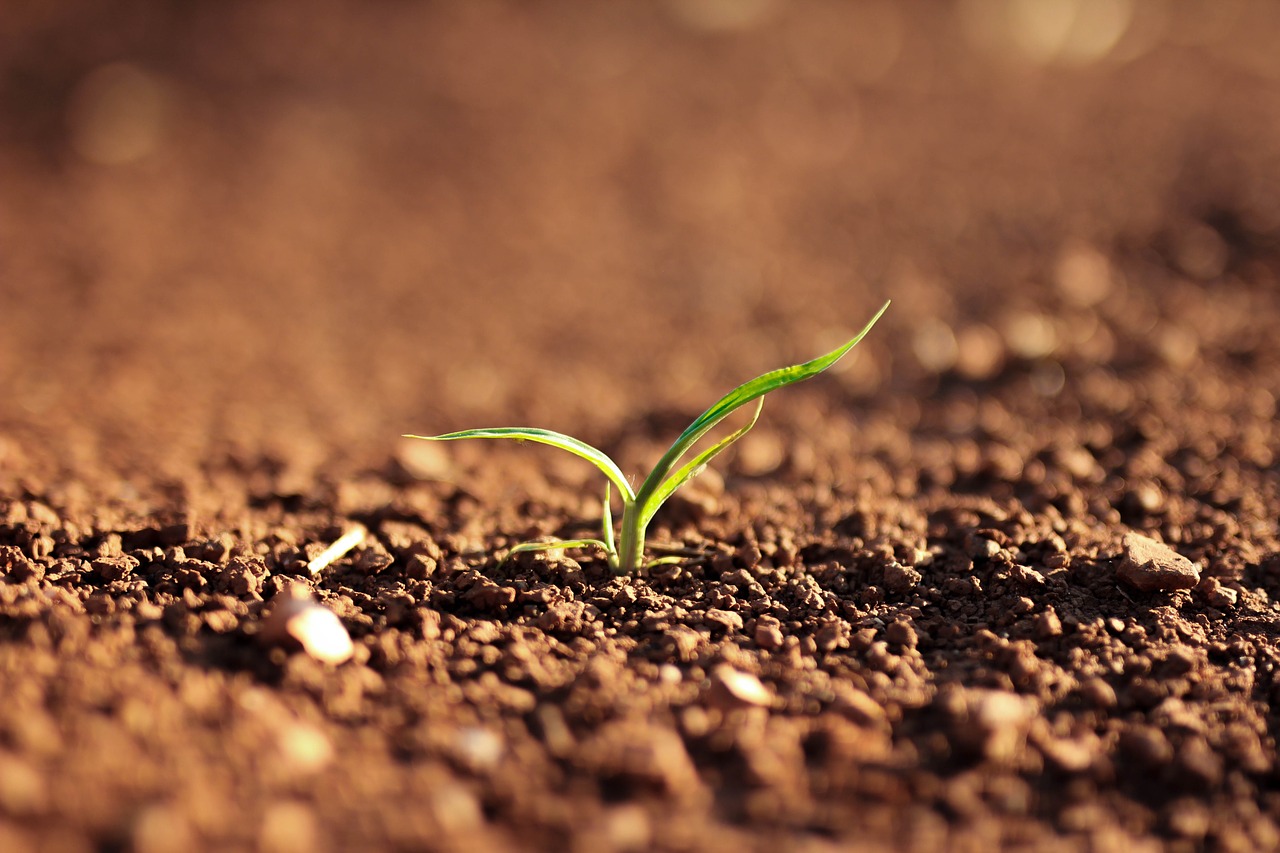FALL SOIL TESTING
AUTUMN IS THE BEST TIME TO COLLECT FIELD SAMPLES
BY DAVID SIMBO
For all farms, maintaining an effective nutrient management plan is highly recommended. To optimize yields, soils should be regularly sampled to determine nutrient levels and determine appropriate fertilization strategies.
Fall is generally recommended as one of the best times to carry out soil sampling for the following reasons:
- If the results of the soil sample analysis don’t look right, there is ample time to re-test.
- Farmers may be able to get a discount on fertilizer if they order early.
- Soil and weather conditions are often more conducive to sampling in fall than in spring and summer.
- Farmers and agronomists will have adequate time to analyse the results and make plans for the next growing season. This may include making decisions about early purchase of fertilizer and where manure application may be most beneficial.
Fall samples can be taken when soil temperature drops below 7°C. Because microbial processes slow down as the temperature cools, sampling late in the fall will provide a close representation of nutrient levels at seeding time the following spring. In fact, cooler is better when sampling, but you want to make sure you can still get the probe down 61 centimetres (24 inches). Submit samples for 0-6” and 6-24” to the soil laboratory you are working with as these are required by most facilities.
If a sampling plan is not already in place, work closely with your local agronomist or fertilizer dealer to draw one up. This plan will ensure soil samples are taken in sufficient quantity in enough areas of the field to produce a representative sample. It is important that the person most familiar with field topography have some inputs into the sampling plan to ensure the most appropriate locations are sampled. An effective soil management strategy that requires samples are collected so as to create a representative sample.
To achieve this, it is important to sample between the rows and avoid fertilizer bands as much as possible. Also, many fields have atypical areas such as dead furrows, old fence rows, lime or manure stacking areas and wet spots. If the areas are too small to manage separately, do not sample them. Taking one or two cores from these odd areas contaminates the sample data for the field. However, if they are large enough that you are able and willing to manage them separately, then take a separate sample from these areas.
The samples then need to be handled correctly to preserve their integrity until they can be tested. The laboratory conducting the soil testing will provide information about packaging the sample and shipping. If samples are not air dried before shipping, they should be delivered to the laboratory the same day they are taken. If this is not feasible, they can be refrigerated for a few days. The laboratory will conduct a soil test based on your instructions.
A typical soil test package will include tests for nitrate-nitrogen, available phosphorus and potassium, extractable sulphur, organic matter, pH and salinity. Additionally, a micronutrient scan can be requested to determine levels of elements such as copper, zinc and boron.
Once the soil test report is complete, understanding and interpreting the results will help fine tune the fertilizer management plan for your farm. The recommendations in the report are a guideline or a starting point upon which to build your plan. You alone know your farm and your operation, the moisture conditions and the historic performance you may expect. This input, together with that of your agronomist and fertilizer dealer builds out the nutrient management plan.
A comprehensive program of soil testing will help determine if macro or micronutrients are being depleted. This in turn will help minimize the environmental and economic impacts of putting on too much, too little or the wrong mix of fertilizer on the land.







Comments